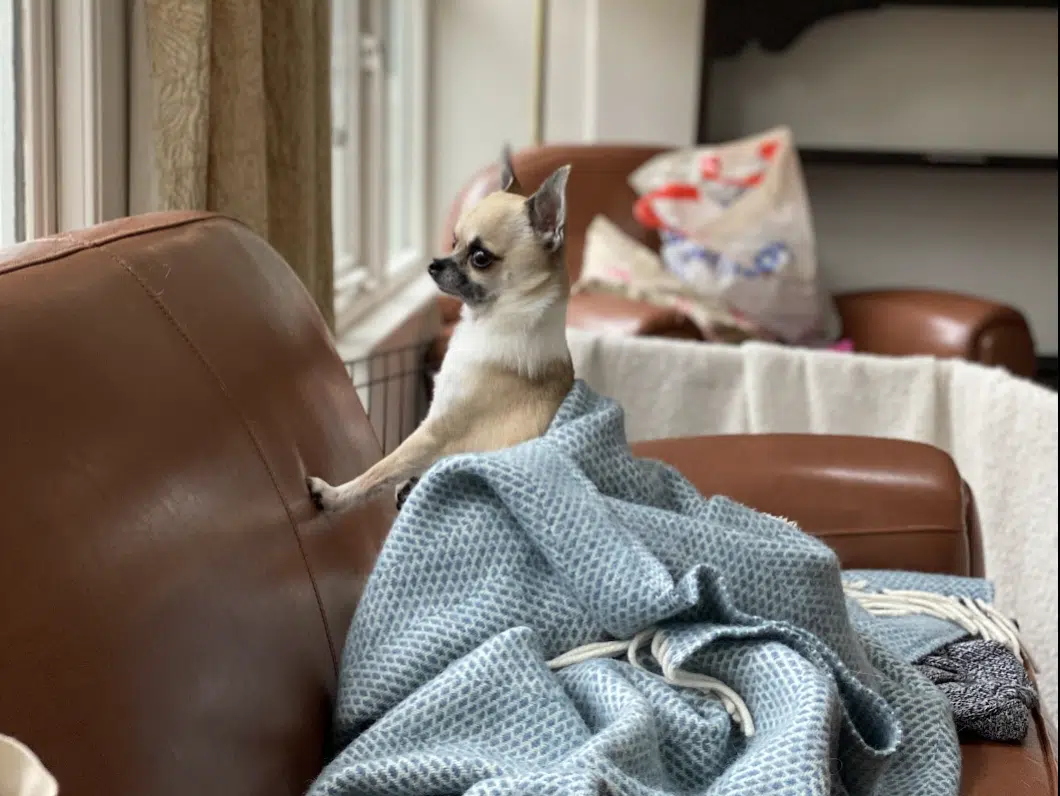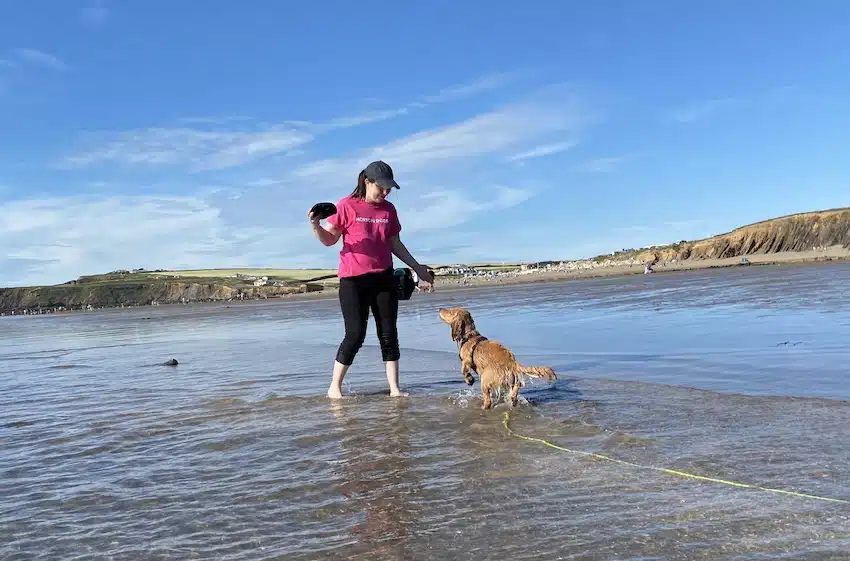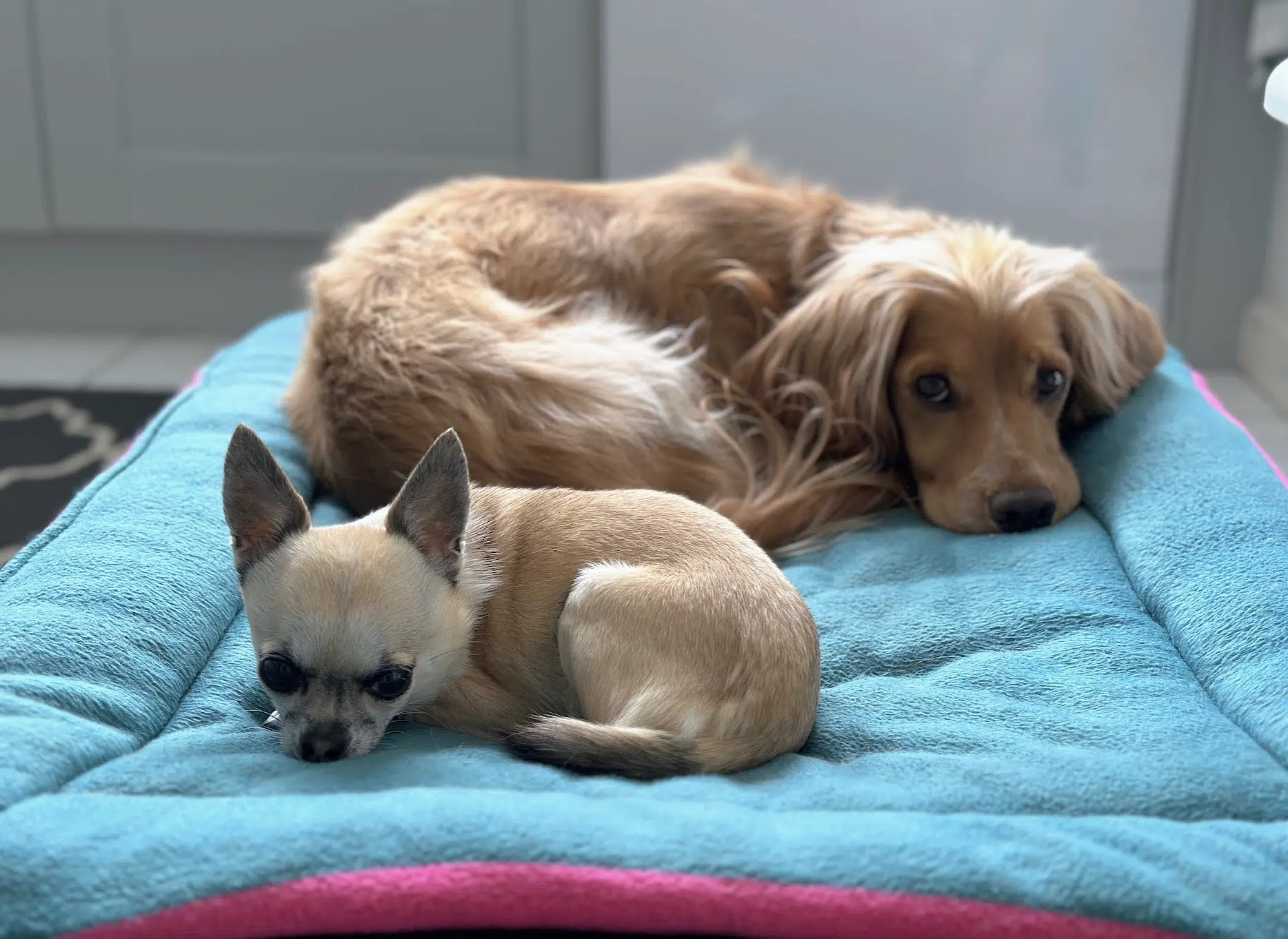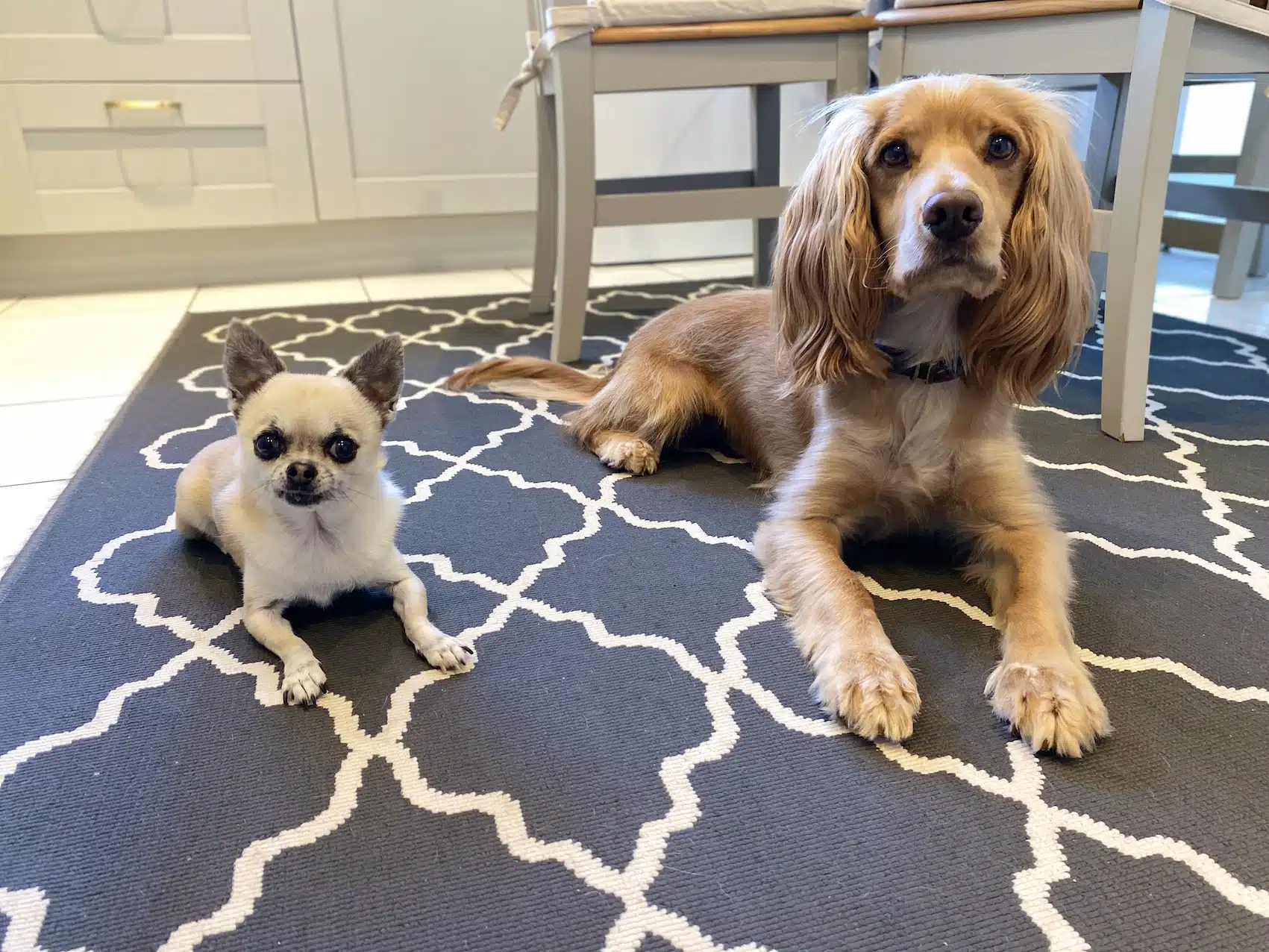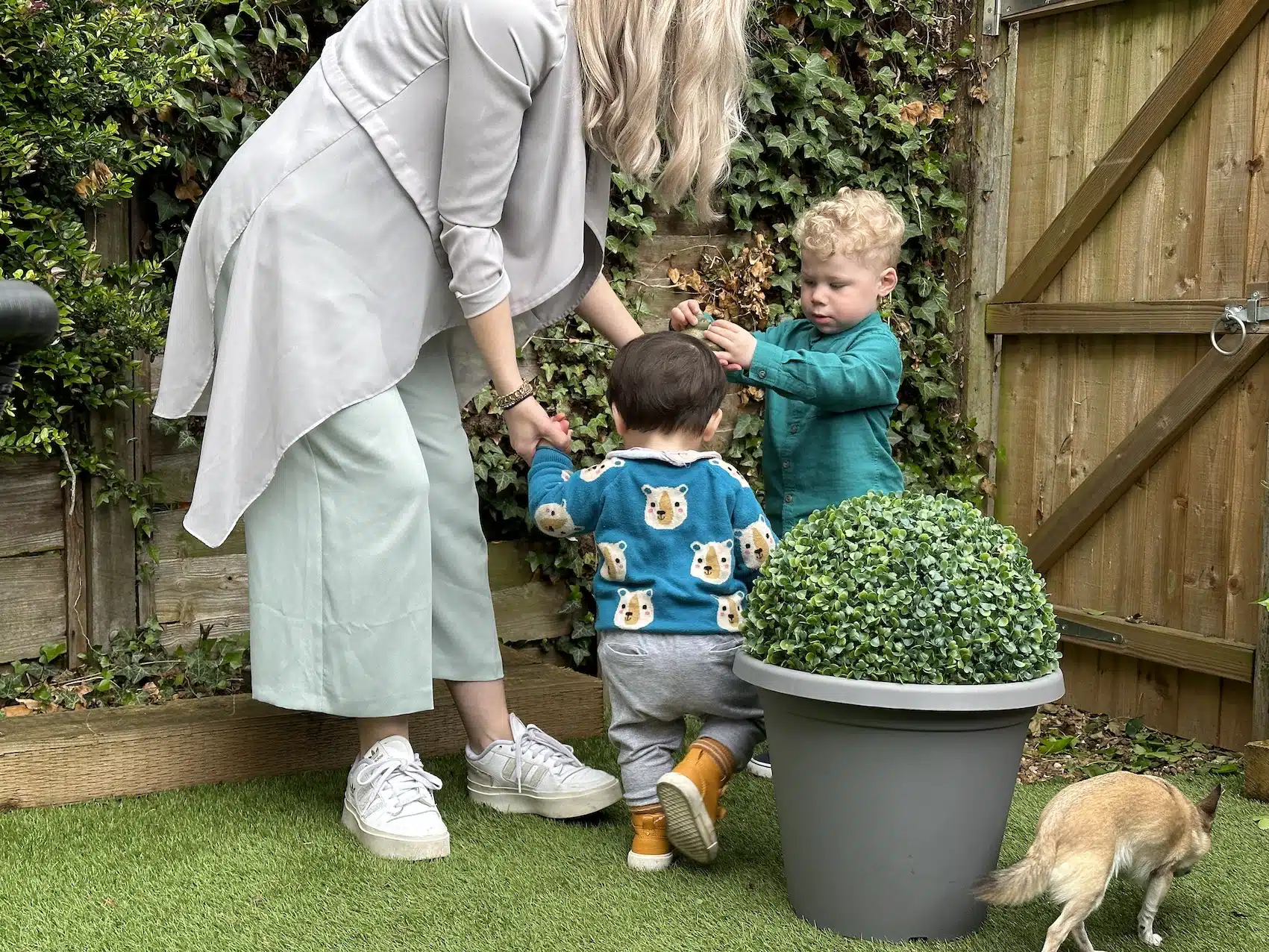Building Independence in Your Puppy: Overcoming Separation Struggles
Bringing home a new puppy is an exciting and joyous experience, but it also comes with its fair share of challenges. One common issue many puppy owners face is separation anxiety. Puppies often feel worried and distressed when left alone, but there are effective strategies you can implement to help them develop independence and alleviate their separation struggles. In this blog post, we will explore practical tips and techniques to create a “chill out zone” for your puppy, introduce mini absences, and promote a healthy sense of independence.
Establishing a "Chill Out Zone"
To encourage your puppy’s independence, it’s essential to create a designated space where they can relax and feel secure. Consider setting up a puppy pen or crate, which acts as their personal sanctuary. In this space, provide calming activities such as long-lasting chews like a filled Kong with cooked chicken or wet puppy food. Tripe sticks can also be given to your puppy while they are in their crate, allowing you to move around the room or house while periodically checking on them. This space will need to be puppy proofed because puppies can get into all sorts of trouble when you are not watching. It means that if they are out and free roaming, exploring the house or the garden, then you need to be watching them closely. So if you can’t watch them closely then they can go in their chill out zone to keep them and your furniture safe!
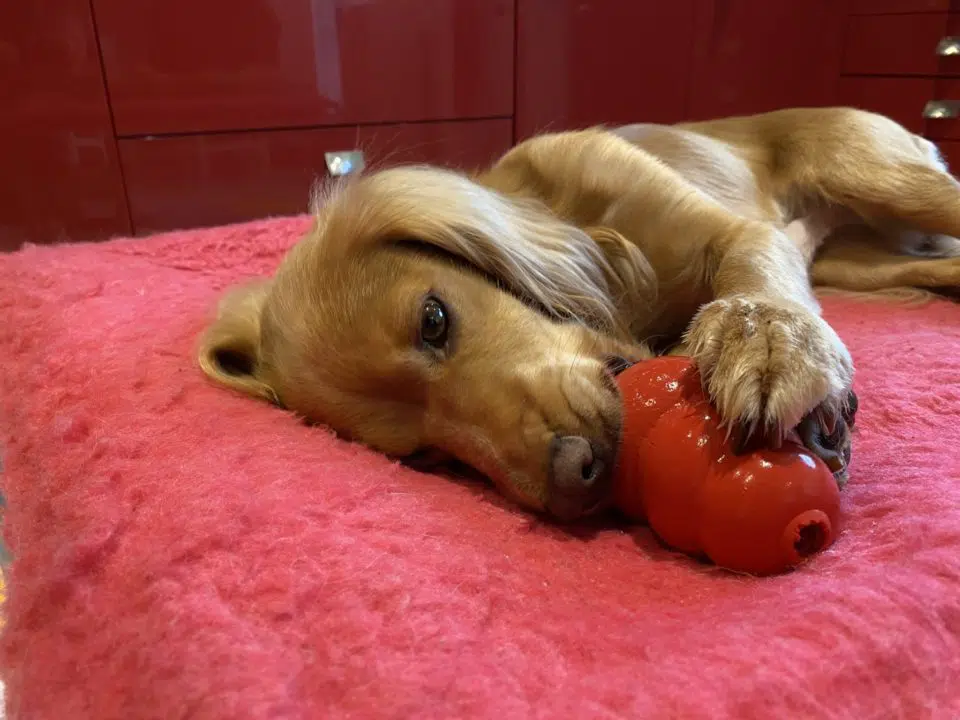
Gradual Introduction of Absences
The key to overcoming separation anxiety is gradually exposing your puppy to brief periods of being alone. Start by initiating mini absences that your puppy can handle comfortably. For example, while they are in their puppy pen, briefly go upstairs or step into the hallway, and then return promptly. It’s crucial to make these departures and arrivals low-key and nonchalant, reinforcing the idea that leaving and returning are ordinary occurrences.
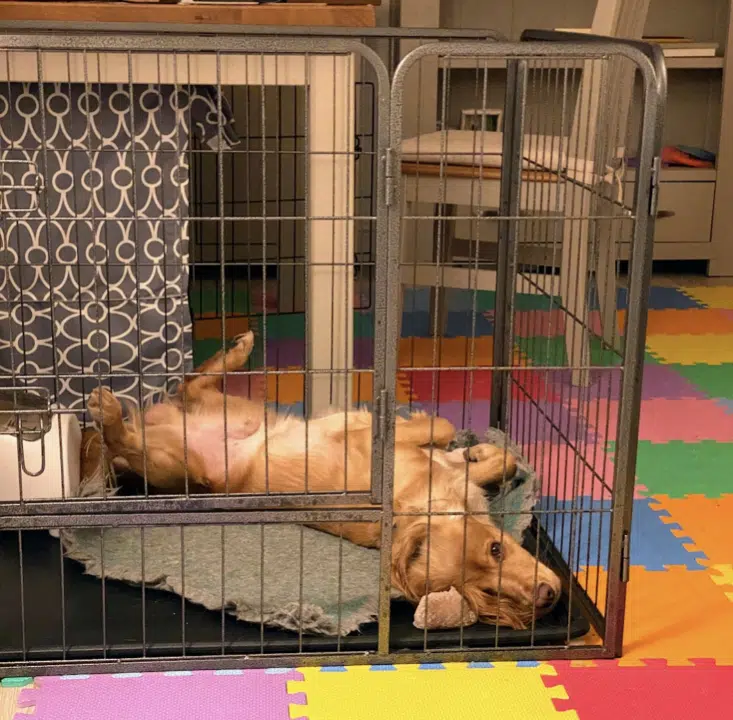
Stay Close and Visit Often
To be able to build a natural healthy independence in our pups, they need to realise that we are always close by and never gone too long. When we keep them close they feel a sense of security, through security and confidence only then can the independence start to grow. When you are not specifically working on your mini absences, have your puppy nearby. Set up their bed, crate or pen right by your feet or in the same room as you. So when you have things to do such as emails or chores, then your puppy can rest in their chill out zone.
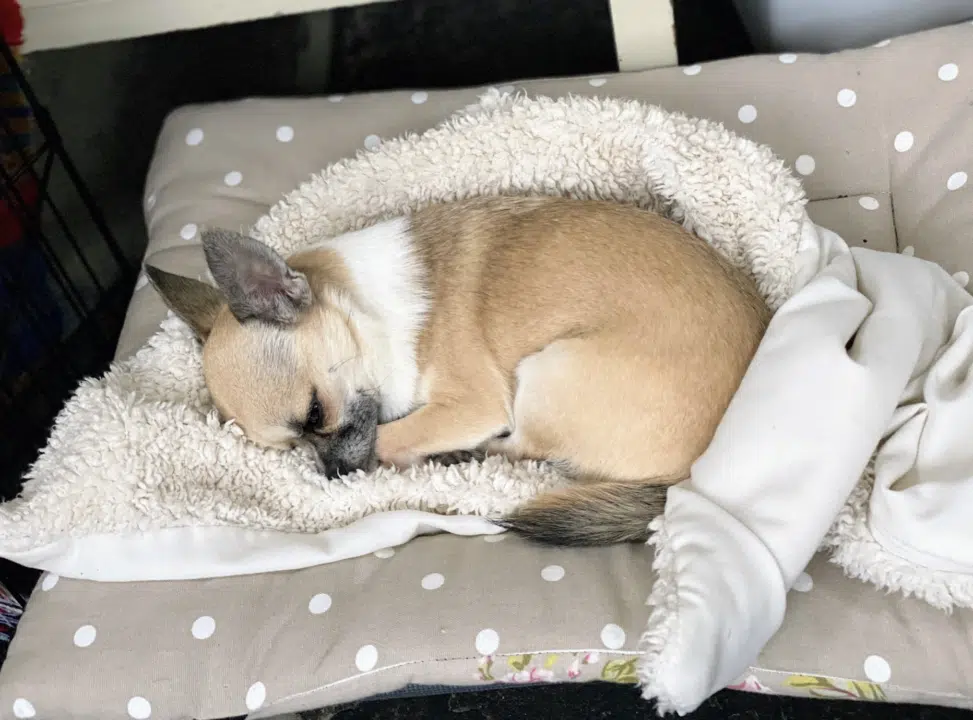
Helping Your Puppy Adjust to Their Chill Out Zone
Some puppies may require additional assistance in getting comfortable with their designated space, especially if they prefer being close to you. To aid their transition, you can utilise this helpful worksheet. This resource offers guidance and exercises to gradually acclimate your puppy to their crate or pen, ensuring they feel safe and content in their chill out zone.
Seek Support During Longer Absences
If you need to leave for an extended period, such as for work, it’s crucial to make appropriate arrangements to prevent undoing the progress you’ve made in building your puppy’s independence. Consider having someone come and look after your puppy, ensuring they receive the care and attention they need. This way, you can maintain the consistency of your training efforts and avoid setbacks.
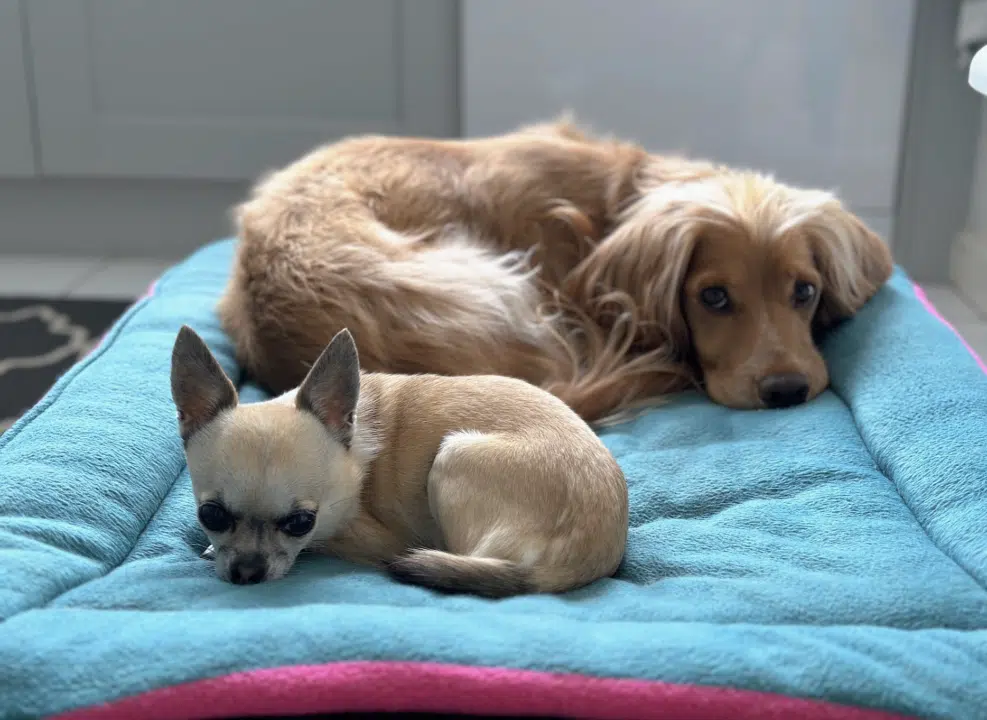
Overcoming separation struggles in puppies requires patience, consistency, and understanding. By creating a dedicated “chill out zone,” staying close, and introducing gradual absences, you can help your puppy develop independence and alleviate their anxiety. Remember to approach the training process with positivity and avoid rushing it. With time, effort, and the right strategies, you can foster a healthy and confident bond with your puppy, setting them up for a lifetime of independence and happiness.
If you need help and support please get in touch for some 121 sessions.
